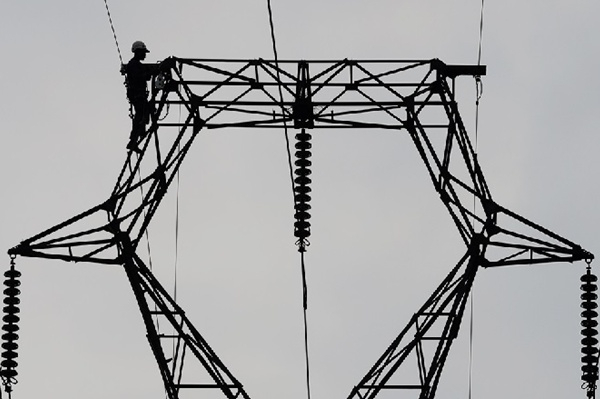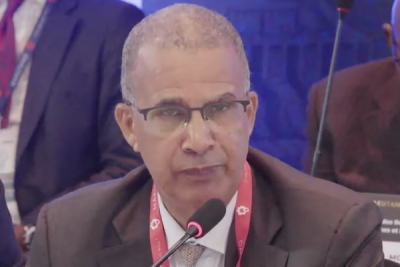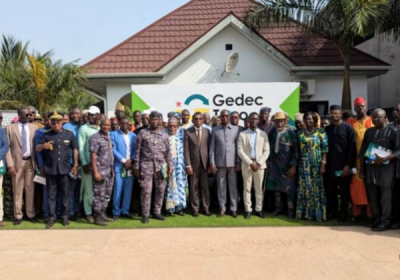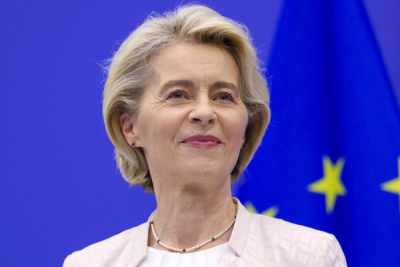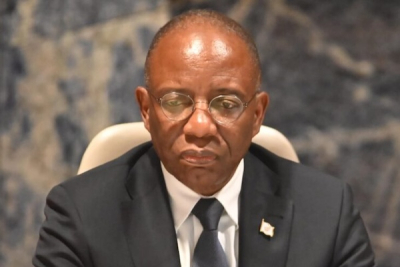Zambia’s power watchdog greenlit the Kalumbila-Kolwezi Interconnection Project (KKIP) on May 6. The project will see the design, financing, construction, and operation of a 330 kV high-voltage line stretching roughly 190 km to connect Zambia with the Democratic Republic of Congo (DRC).
Backed by Enterprise Power DRC (Enpower), a private electricity trading company, the KKIP has been years in the making. While its approval by the Zambian regulator is laudable, it still needs to be approved by the Congolese power regulator, according to Enpower.
So far, feasibility studies, detailed design, and environmental and social impact assessments have all been completed and validated by authorities in both countries. Concession and implementation agreements are in place, signed by the Ministries of Energy in Zambia and the DRC.
The next hurdle is finalizing the project’s financing. The International Finance Corporation (IFC), the World Bank Group’s private sector arm, was appointed lead arranger in November 2024, with financial close targeted for mid-2025. The total project cost is estimated at $250 million.
The KKIP aims to increase power transmission capacity between Zambia and the DRC, especially to supply the mining regions of Lualaba and north-western Zambia, where energy demand is rising alongside mining expansion. The only existing interconnection line is already saturated. Enpower reports it has signed a 350 MW supply contract with Zambia’s national utility, ZESCO, and has secured a permit to import electricity into the DRC.
This article was initially published in French by Pierre Mukoko
Edited in English by Ola Schad Akinocho






